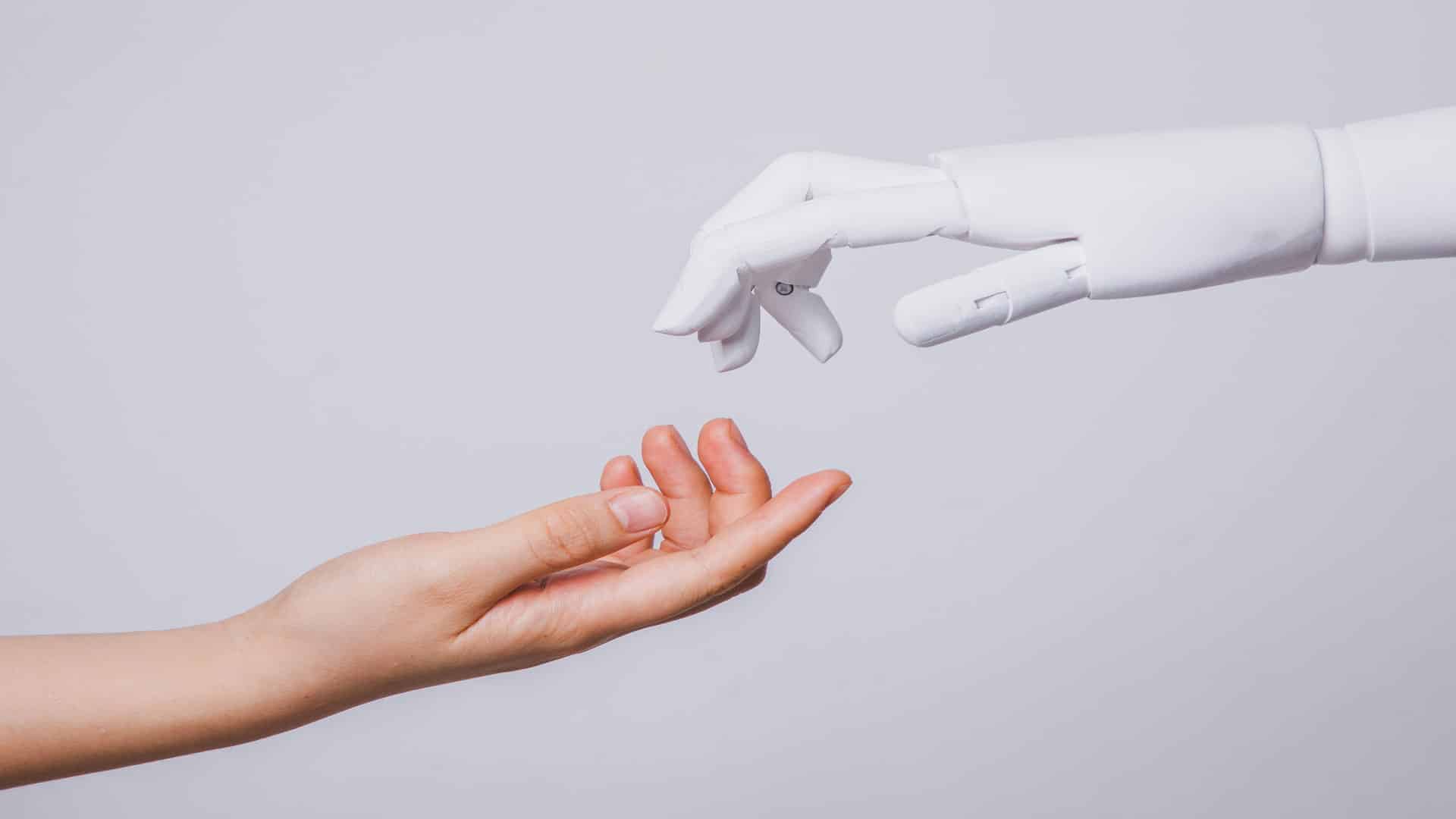
16 Jun AI and Big Data Helping to Protect Both People and Property – How?
Given its current popularity, AI (artificial intelligence) is seemingly omnipresent in the mainstream media, on online forums and on social media. Among the general public (and those not in the know), there’s a certain fear about the direction this could take, something that also arouses a certain amount of suspicion – albeit to a lesser extent – when it comes to Big Data. Will our privacy be put at risk if we “give in” to these innovations? Not only is there no reason for concern, but Big Data and AI will actually contribute to improving the security of our assets and personal privacy.
AI facilitates Smart Security Centres
Security has always been a legitimate concern. Nowadays, practically no commercial or economic activity would ever be allowed to take place, generally speaking, without also taking security precautions to protect that activity and the assets involved, as well as the individuals. We see it every day in the world of retail, from security cameras and anti-theft alarm tags, to locking systems for high-value products, high-visibility security displays, and more.
But as technology continues to take great strides forward, managing the information provided by these various surveillance devices and systems – like the comings and goings in and out of stores, for example – becomes much more complex. That’s why AI is being applied to streamline and improve the effectiveness of security measures already in place. Cristina Delgado, Corporative Retail Division Manager at Prosegur, believes “the combination of smart technologies, advanced data analytics and specialist staff in new SOCs (security operations centres), which are evolving into iSOCs or intelligent SOCs, means we can succeed in a number of ways to help reduce or minimise theft”.
AI lets us analyse behavioural patterns via security cameras and more easily identify potential suspects, alongside targeted monitoring of “high-risk” individuals through parameters such as body temperature, the way they move or walk, etc. By combining Big Data and AI, we can track the products that have gone up in price and are therefore more desirable and vulnerable to theft. In this way, we can pay close attention to the parts of a store where retailers are most exposed.
AI and Big Data could improve security in the primary sector
But it’s not just about making the most of technological advancements in combination with improved connectivity in retail outlets and urban environments. In rural areas too, farmers and breeders also need to protect their land, animals, crops, and the like. In fact, the scale of investments made in the farming/livestock sector often outstrips those in other types of more conventional retail settings. Another reason to protect assets.
Typically, farms and crops are found in much more open environments, making it harder to control unwanted access. However, installing motion detectors and cameras both on and around farms can help minimise the risk. As for animal protection, if every animal on a farm were given an identifier and GPS device, farmers would be able to see their status and position in real time and at all times.
Combining this data with AI means they could instantly detect any behaviour that’s out of the ordinary or that could indicate something’s amiss, perhaps the presence of unwanted third parties… As well as being able to track and manage this information remotely, AI can connect directly to security teams or the emergency services to alert them to a potential crime in progress.
When it comes to AI and Big Data, this is just the tip of the iceberg. Thinking about the benefits we could see from such technological advances, we’ve barely even scratched the surface.

